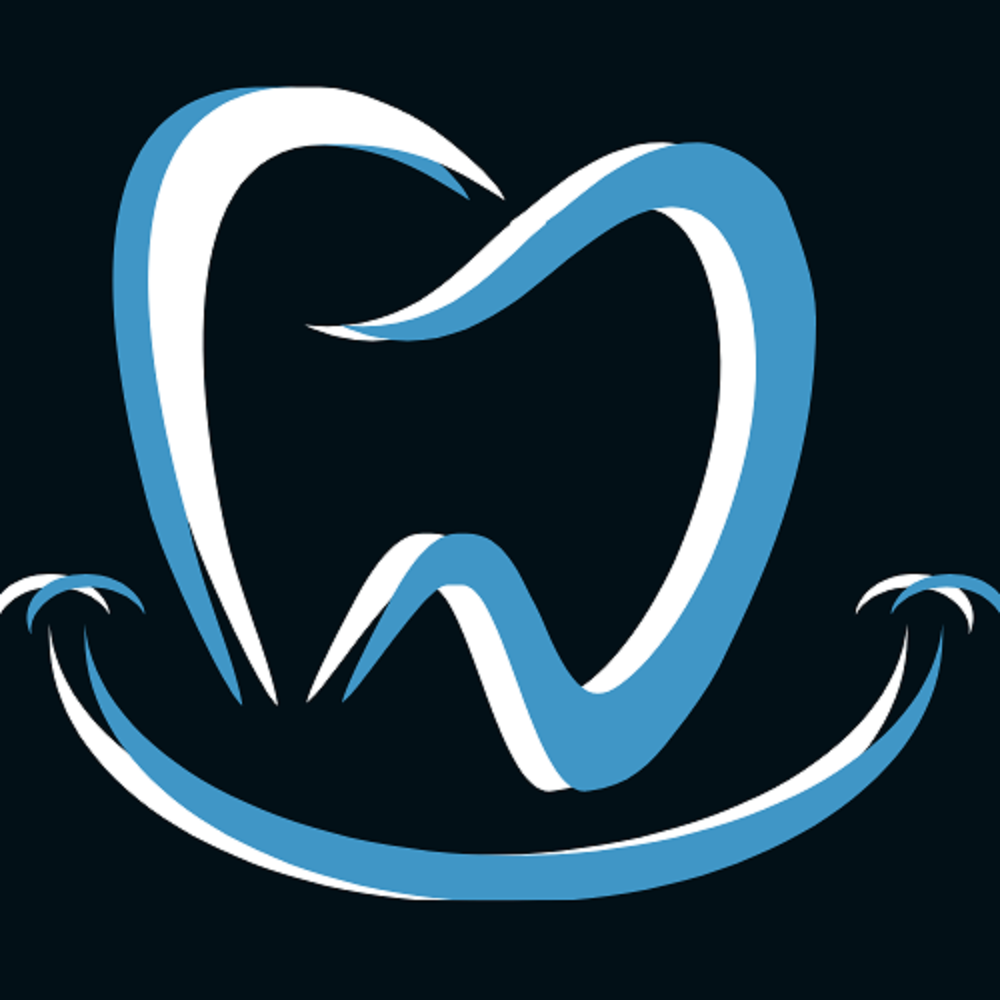You grin when you see someone else smile! It’s spreadable. It’s also effective. However, if your teeth aren’t straight, you may feel self-conscious about smiling in public.
You may believe that correction is an unaffordable expense. But it’s not as complicated as that, especially when you consider Invisalign as an alternative to traditional braces. These clear plastic aligners are a completely inconspicuous approach to improve your smile for adults and teens who don’t want to wear metal braces.
Do you believe you don’t have the time? There’s no need to be concerned: Invisalign takes half the time that traditional metal braces do. It’s good to know there’s a faster, less apparent approach to attain that killer smile you’ve always wanted in a world where looks is everything, especially for teens and young adults starting into the dating scene.
Invisalign isn’t simply the most convenient way to straighten your teeth; it’s also the most effective way to cover the planet in smiles.
What are some of the advantages of clear aligners? What are the advantages and disadvantages of braces? What should you bear in mind when you make this critical decision? We’re here to help you understand everything.
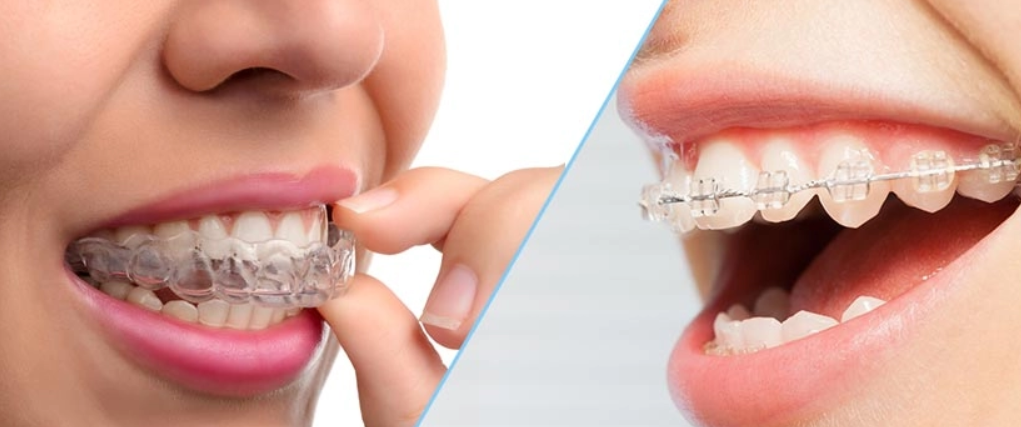
What Do Invisalign and Braces Have in Common?
They both have the same final effect, but that’s about it. To begin, here’s a quick rundown of each:
Dental braces are a conventional method of correcting crooked teeth by applying pressure to the teeth using metal or ceramic brackets and wires.
Invisalign is a relatively recent technique that employs clear, removable and almost invisible aligners.
There are some parallels between them. They both straighten teeth and have improved in terms of efficiency and comfort over time. They’re both used to treat common bite issues and crooked teeth, and they’re both done under the supervision of an orthodontist.
“Both braces and Invisalign straighten teeth,” explains orthodontist Dr. Schroeder. “Both can be utilized on bite problems ranging from mild to severe.”
That’s about the extent of the resemblances. So, what’s the difference between them?

What Are the 5 Main Differences Between Braces and Invisalign?
Treatment Time: Traditional braces are often worn for two years or longer, depending on the severity of the orthodontic problem, but Invisalign is normally worn for six to eighteen months. The cost of braces is often higher, however, the cost of Invisalign is typically lower.
Application Time: The initial Invisalign appointment is only 30 minutes long, during which you will receive a 3D scan of your teeth. Your scan will be forwarded to a lab, and your aligner trays will arrive in a few weeks. Come in, drop them in, and you’re good to go. The brackets are placed to each tooth with special cement, and wires are added and tightened, which takes one to two hours or more to apply metal braces.
Cleanliness: Invisalign is a cleaner and less messy alternative to metal braces because it does not use glue or cement-like traditional braces and may be removed when eating. As a result, there will be no food particles stuck in the aligners. Let’s face it: trying to dislodge obstinate food from your teeth while at the lunch table at work or school is the most disgusting aspect of metal braces.

Comfort: Unlike metal braces, aligners do not need to be tightened on a regular basis. Because the aligners are customized to your teeth, they are more comfortable than traditional braces because there are no wires poking into your cheek. We’ve all experienced the agony of those jabs!

Office Visits: During the course of treatment with metal braces, office visits are normally planned every five to ten weeks, or more frequently if an issue arises. You may only need to visit the office a few times with Invisalign: once for the initial consultation, once for pickup, and once for a check-in to see how things are progressing. You’re in charge of changing the trays every one to two weeks, which you can do from the comfort of your own home. You don’t have any important meetings to attend? Please sign us up!
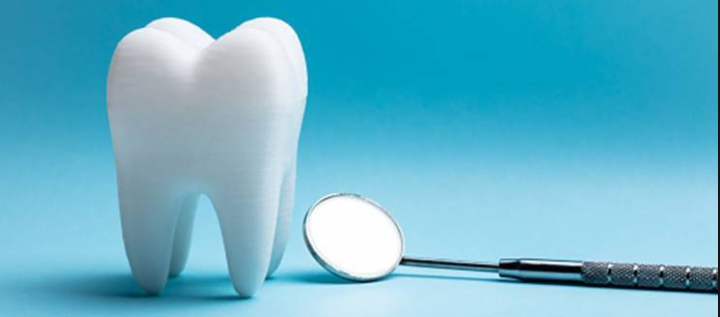
What Are the Most Important Advantages of Invisalign?
Invisalign is, on average, faster, cleaner, and more comfortable than metal braces, with shorter treatment times and fewer visits to the dentist. According to Dr. Schroeder, an orthodontist at Clear Smiles, Invisalign has the following advantages:
Comfort: The adjustments are ten times smaller than braces, and you just have to alter them once a week. You are not required to come in for those adjustments. Invisalign is now considerably more pleasant. Most patients go through treatment without using any pain medication, which is beneficial when you’re on the go and don’t have time for discomfort.
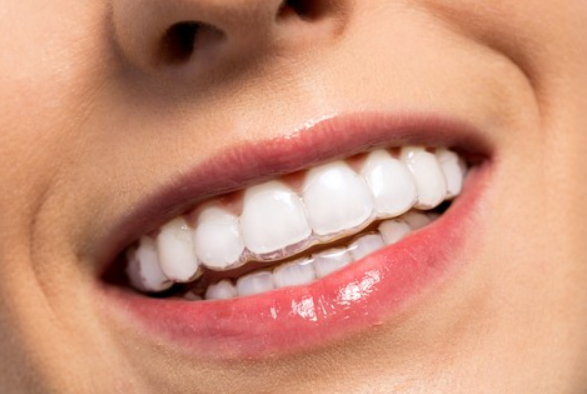
Hygiene: You can maintain your teeth and gums in the same condition as before treatment. Brushing and flossing your teeth is significantly easier when you may remove your braces while eating. Those flossers you’ll need to use with metal braces aren’t easy to come by.
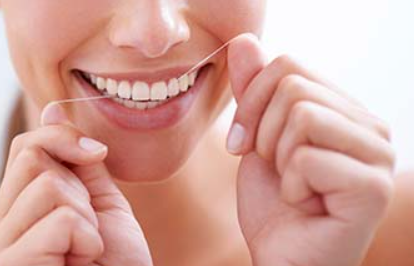
Fewer appointments: You have fewer appointments because we conduct most of the work on the computer rather than in the chair, and the ones you do have are shorter. You now have more time to get your hair highlighted or watch your child play baseball.
No emergency appointments: There are no loose or protruding wires or brackets that would demand an orthodontist visit. Is there no ER? It’s no problem!
Lifestyle: They look wonderful because they’re almost undetectable. You can eat whatever you want, unlike when you have metal braces. Hello there, popcorn!
Aesthetics: Because the transparent aligners are nearly undetectable, no one will know you’re having your teeth straightened. It’ll be our little secret, so don’t tell anyone.
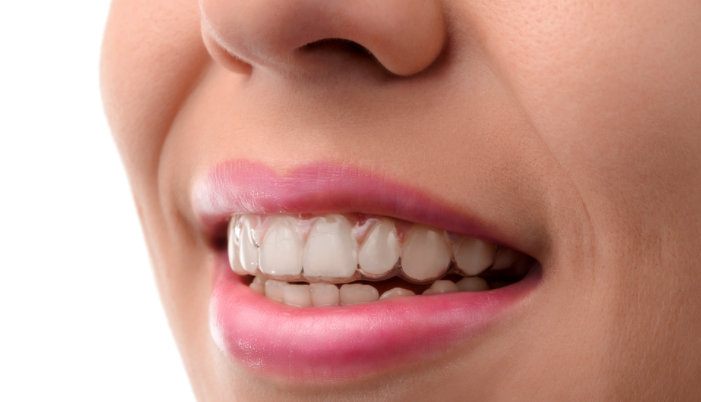
What Are the Main Benefits of Braces?
“Metal braces are affixed to the teeth, allowing the orthodontist more control,” says Dr. Crosby, an orthodontist, “Compliance has been taken out of the equation.”
Traditional braces may be a better option for small children who lack the discipline to put Invisalign in and out at their leisure.
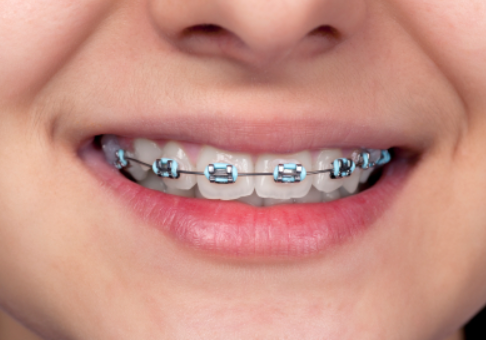
Things to Keep in Mind Before Deciding Whether You Should Get Braces or Invisalign
What is the most important thing to remember? Dr. Crosby points out that Invisalign is only successful if the patient wears the trays. Braces are a better alternative if you lack the discipline to go through with this.
Invisalign is recommended in most cases: People who participate in sports had fewer lip and cheek lacerations. Furthermore, persons who play musical instruments have fewer problems with their lips. Because Invisalign requires fewer office visits and less time in the chair, it appeals to those with hectic schedules.
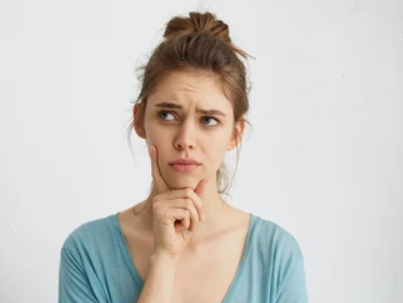
Invisalign’s Competitive Advantages
- Online scheduling, flexible appointments, and one-on-one attention from an orthodontic professional.
- Financing is available, with monthly payments as low as $54.
- Your dental insurance may pay up to 50% of the cost of your treatment.
- Dental monitoring and virtual consultations.
- Minor orthodontic operations are possible.
Whatever you choose, I hope the article helped you to decide what may work best.
